15+ Sample Branding Proposals
-
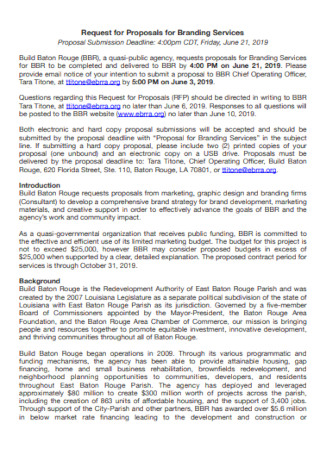
Proposals for Branding Services
download now -

Brand Strategy Proposal
download now -

Digital Branding Proposal
download now -
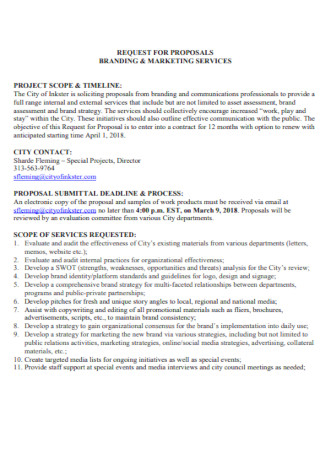
Marketing Branding Proposal Template
download now -
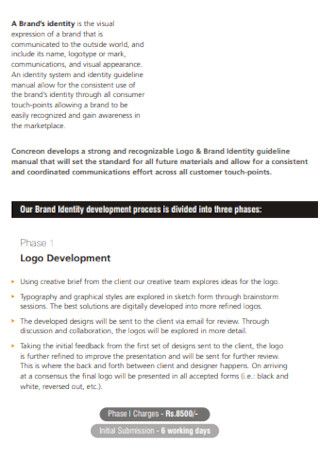
Branding Identity Proposal
download now -
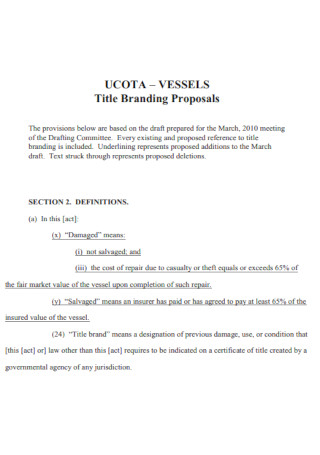
Title Branding Proposals
download now -

Agency Branding Proposal
download now -
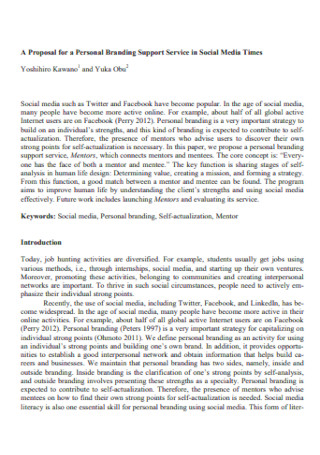
Personal Branding Proposal Template
download now -
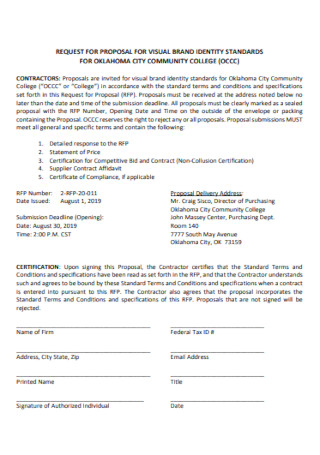
Proposal for Visual Branding Template
download now -

Branding Proposal Format
download now -
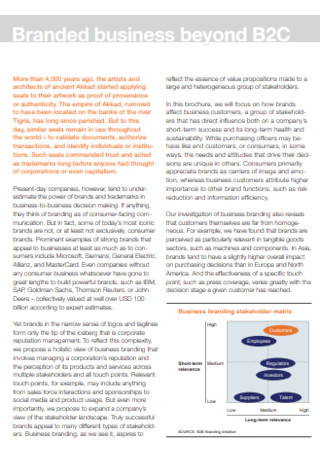
Business Branding Proposal Template
download now -
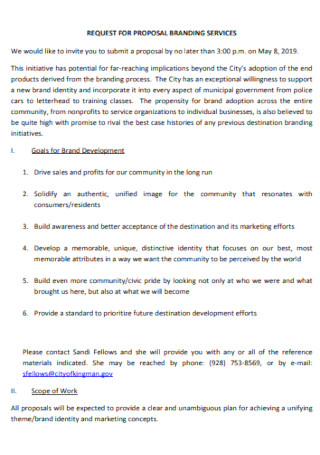
Simple Branding Proposal Template
download now -
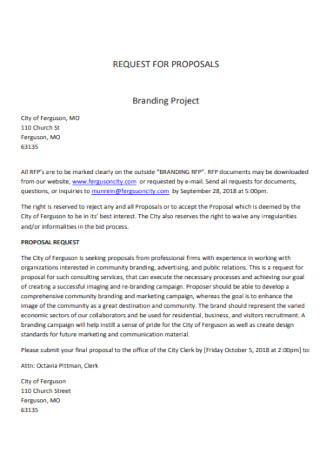
Project Branding Proposal
download now -

Branding Advertising Proposal Template
download now -
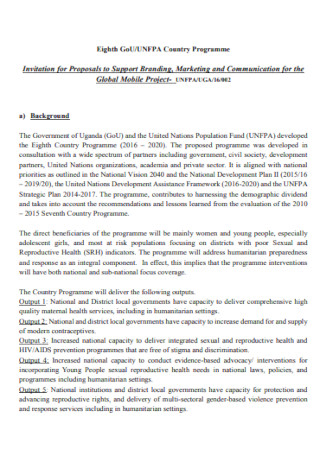
Invitation Branding Proposal Template
download now -
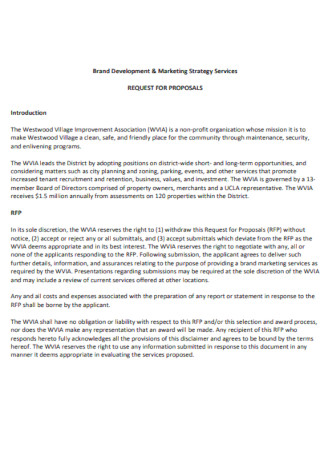
Marketing Branding Development Proposal
download now
FREE Branding Proposal s to Download
15+ Sample Branding Proposals
What is a Branding Proposal?
Benefits of Branding in Any Business
Importance of Fostering Loyalty through Branding
How to Write the Winning Branding Proposal
Important Components of a Winning Branding Proposal
FAQs
What type of deliverables and output is expected from a branding proposal?
Who are the main decision-makers when it comes to branding?
What are the reasons why branding proposals get rejected?
What is a Branding Proposal?
A branding proposal is an important piece of document that aims to get the attention of a potential client by demonstrating your understanding of their business needs and how to address them, and the challenges they are currently facing, and how to fix them. In other words, this branding proposal will motivate your potential client to choose you and your expertise instead of anyone else.
There is a lot at stake when it comes to branding—it certainly goes beyond sending a simple email and price quote. While it does involve a timeline and a price quote, there are a lot more other factors involved. Elements such as identifying problems, branding solutions, and scope of services are also included in the branding proposal. These will make a case to your client as to why they should hire you and your services.
Although there are so many different kinds of branding proposal templates available online, you should pick one that’s customizable and can be personalized to suit your client’s vision of their brand image. It can be as simple as an employer branding proposal to as complex as a brand identity proposal. What you should keep in mind is that your branding proposal sample must address the client’s needs and objectives. For a new product launch, they might want to see a brand development proposal; a brand marketing proposal is needed to relaunch an existing product; and a proposal for rebranding an existing company or a corporate branding proposal.
Make sure that before you write a branding proposal, you have read and understood client needs and requirements so you would know exactly what it is that they’re looking for. If possible, set up an initial call or meeting with them to fully understand the problems and issues they want to get fixed through a branding and marketing campaign.
Benefits of Branding in Any Business
Before you start writing a branding proposal, you need to know and understand what branding really is. It’s one of the most important aspects of a successful business—the first impression to your potential customers and clients, as well as a reflection of what your product and services are all about. Here are some of the benefits that you can get from branding.
Importance of Fostering Loyalty through Branding
Branding is an important element in running a business. Its overall impact on the company is critical as it separates them from their competitors, forms positive relationships with their audience, and turns them into loyal customers. And when customers are loyal, sales also go up as because:
Word-of-Mouth. In a 2018 survey, it was found that 60% of loyal customers tend to recommend their favorite brands with their friends and family and send in new customers with a pre-established level of trust in the brand.
Loyalty Reward Programs. When customers use or purchase certain brands often, they would most likely join loyalty reward programs. And 15% of these loyal customers tend to buy more from the brand if they are a part of the said loyalty program.
Increased Revenue. In the same survey, it was found that 39.4% of your loyal will spend more on the product even when there are other more affordable alternatives elsewhere, thus increasing the revenue by up to 2.5 times.
How to Write the Winning Branding Proposal
Receiving a request for a proposal from the client is truly exciting. A lot goes on in writing a proposal that will surely hook your client as well as make them see your skills and expertise. But even before you get started, you need to know how to write a proposal. This is an opportunity for you to show and demonstrate to your client the value you’ll be bringing to their business. Let’s take a look at the steps you should take in writing that proposal.
Step 1: Research
This is a non-negotiable step. Technically, this isn’t part of writing a proposal but it’s an important step to take. An evidence-based strategy is effective and efficient and will subsequently give more value for money to the client. With the help of market research, this step will allow you to go beyond the surface-level issues and understand branding challenges more and address them at the root cause of the problem instead of applying band-aid solutions to their problems.
Step 2: Identify Client Needs to Build a Strong Brand
Once you’ve put in the time to research more about your client, you know the challenges that their brand is facing at the root cause level. As a branding expert, it is up to you to identify their pain points and challenges convey them in the proposal. It is important to get to the bottom of the issues to understand why there is a need for strategic marketing and branding plans.
Trust us, your client wants a branding or rebranding proposal for a reason and not “just because” they want to.
Step 3: Recommend Branding Solution
Once you have isolated the root cause problems and challenges that the client is facing, you will get their full attention. To keep it, you should propose a solution that will meet their needs and address these issues at hand.
This part of the proposal should go beyond listing the different branding strategy proposals that they can implement. If you do this, they can easily read through it and employ a cheaper alternative. You have to make them see what expertise you’ll bring to the table and retain their focus on the value that you will create for them based on the solutions that you have proposed to address the underlying issues that they’re having.
Step 4: Describe Scope of Services and Client Benefits
After specifying your proposed comprehensive solution, set the parameters of the services you will provide and the benefits that they can get out of it. Do not bombard clients with technical and jargon and keep this section easy to read. You need to describe how your branding proposal will fit around the benefits they will get if they choose to invest in the services that you will provide.
Step 5: Provide Investment Options and Terms and Conditions
Once you have made your case and impressed clients with your expertise, they will want to know about the costs of the different branding solutions that you proposed. This is one conversation that you should be willing to have and not slip at the end of your branding proposal. The best investment section will cover the pricing options based on the services and solutions as well as your branding expertise. Keep your projected cost premium and frame it around the value that you offer to your clients.
To keep it easy to understand and not overwhelm clients with numbers, using a table can help simplify this section. This will be easier to look at and understand.
Step 6: Timelines and Next Steps
Branding projects don’t happen overnight and need some time to plan, execute, and evaluate the strategies being employed. For each branding activity, there should be a corresponding timeline to follow. This will help set client expectations and monitor project milestones. A table or a Gantt chart works well here too.
By understanding what it takes and knowing how to write a winning proposal will not only get you the jobs that you want but can also get you to repeat customers.
Important Components of a Winning Branding Proposal
Most proposals will rely on the requirements and should be tailor-fitted to the client’s needs. So, in essence, there is no one-size-fits-all type of branding proposal. How you create your proposal is really up to your preference but typically, it includes the following sections:
Branding Challenges
Identifies client needs and answer the questions that they might have about branding challenges that they are facing. You need to find out what issues or problems that need to be addressed that led them to seek help from an expert. This is the perfect opportunity to review their goals and current brand image or identity from the customers’ perspective.
Branding Solution
Once the problem is solved, what does the client’s business will look like? This is the picture that should be painted in this section. Focus on outcomes that will benefit the clients such as increased customer loyalty, high employee retention rate, and effective loyalty program, among others.
Analysis and Strategy
This section should lay out the specific brand strategies that will be implemented to deliver the branding solution. It should break down the different services and strategies that will be employed to build the brand’s image and identity, and establish its presence.
Timeline and Milestones
Every project has a corresponding timetable of activities for each phase. Like any other project, this will help clients visualize how the project will run and move forward and what deliverables and outcomes should be expected in a certain period.
Investment Options
Clients should have different options available to them. This section should present the different options that they have and how much each option would cost to achieve their branding solutions and objectives.
Terms and Conditions
Terms and conditions will set the parameters of the scope of services being provided. This will also specify how the administration and operations of the project will work.
About the Team
This should describe the value that the team will bring to the table. Keep in mind the client benefits and describe what makes you uniquely qualified to do the job.
Next Steps
Your call to action should be at the end of the proposal. Provide your reader a simple way to accept your branding proposal.
FAQs
What type of deliverables and output is expected from a branding proposal?
Before starting with your proposal, it should be clear to you what the client objectives are. Remember, you need to work on your branding solution and implement your branding strategy around client’s objectives to answer their needs. Therefore, your deliverables and output should ultimately translate to meeting the goals and objectives of the branding campaign.
Who are the main decision-makers when it comes to branding?
When you receive a request for a branding proposal, you must see to it that you are talking to someone who the decision-maker is. Otherwise, you will have to repeat yourself over and over again if you find out that you’re talking to an assistant who cannot decide on the proposal.
What are the reasons why branding proposals get rejected?
There are many factors to consider as to why a branding proposal is rejected some of them include:
- It didn’t capture the client’s perspective
- Filled with grammar errors and not following instructions
- Focused on pricing
- Failed to explain client benefits
- Poor presentation and vague proposal
Branding is a crucial part of a business. Its impact goes beyond perception and translates into the development of customer loyalty and increased sales. Writing proposals can be boring but necessary to grow businesses. Use our highly compelling branding proposals template that you can personalize and customize to fit your clients’ needs.
